Taking care of cleanliness in nature is a difficult task. You can use the washboard or your hands - but it's long, uncomfortable and difficult. Therefore, it is necessary to develop a connection for a washing machine without plumbing.
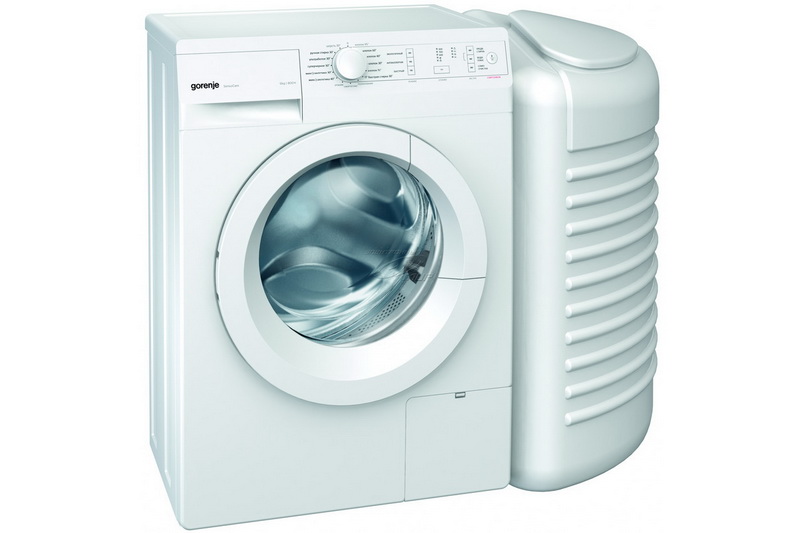
You can see that a washing machine for a summer residence without running water is profitable and convenient.
What is needed for this
All you need is water and electricity. Even in the old dacha cooperatives there are no problems with electricity. Unstable, intermittent, with low voltage, but it exists. And plumbing has not yet been carried out in most private sites in the CIS.
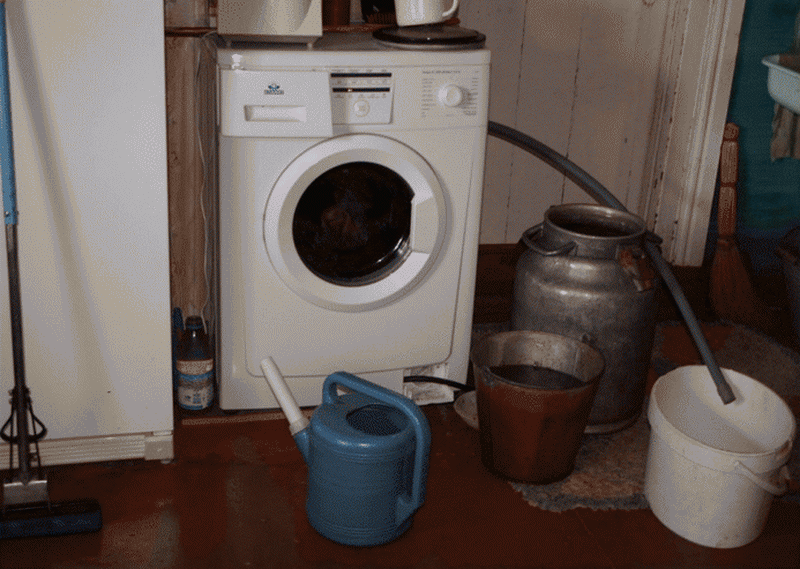
It is not difficult to organize the connection of a washing machine without running water; it is enough to take the pipe to the toilet or prepare the tank in advance. The main thing is the availability of electricity. As for water supply - you can choose from:
- Well;
- well;
- Rain.
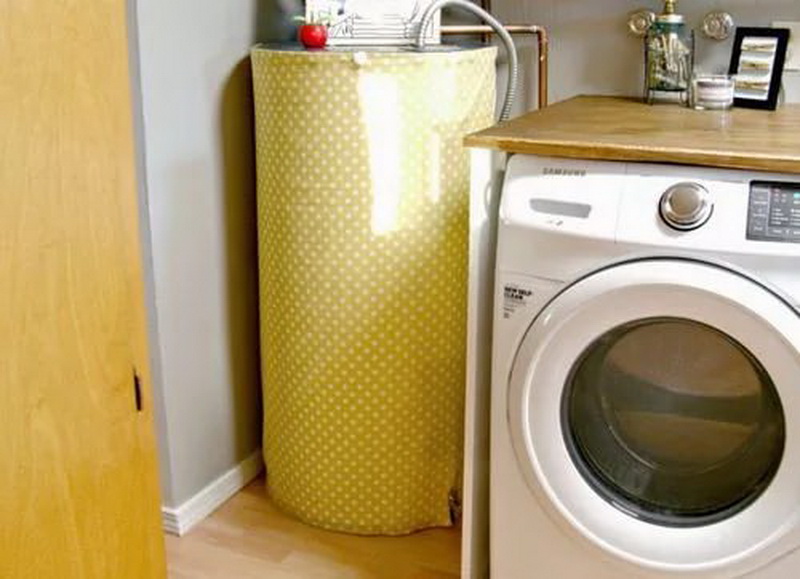
Even in the absence of a permanent source of water, you can take advantage of the rain that often falls during the summer season.
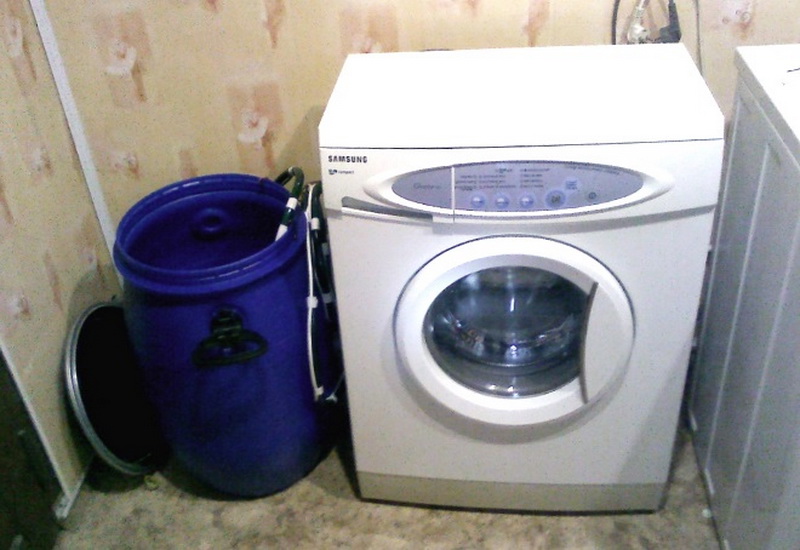
Required materials and tools
To install the machine without connecting to the water supply, expensive tools and components are not needed. In the country you can find almost all the necessary materials for installation.
- Water tank;
- Surface pumping station;
- Tube for collecting water (you can take a hose);
- Inch fitting;
- Valve from 1 to ¾;
- Pipes for sewerage at 32;
- Collar.
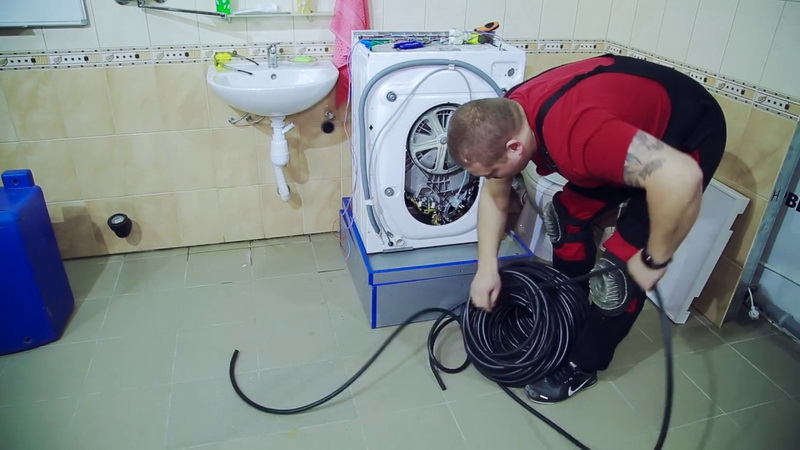
Connection methods
There are many options for connecting a washing machine without plumbing.For the average summer resident, 4 installation methods are immediately available without connecting to the water supply.
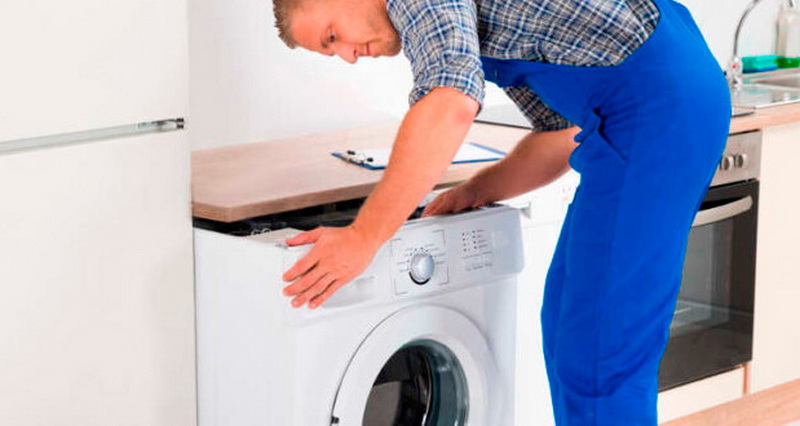
Detergent container
The easiest and most budgetary way that does not require investments. In machines with horizontal loading, it is possible to add water during the washing process. This is done through the powder intake compartment. From the pros:
- Price. No need to spend money on a pump, additional equipment. Even hoses and tubes are not needed. A bucket or any other container is enough to pour the liquid inside.
- Simplicity. You don't even need a tool to assemble. If you do not understand anything about the device of the washing machine and do not want to understand, this is your option.
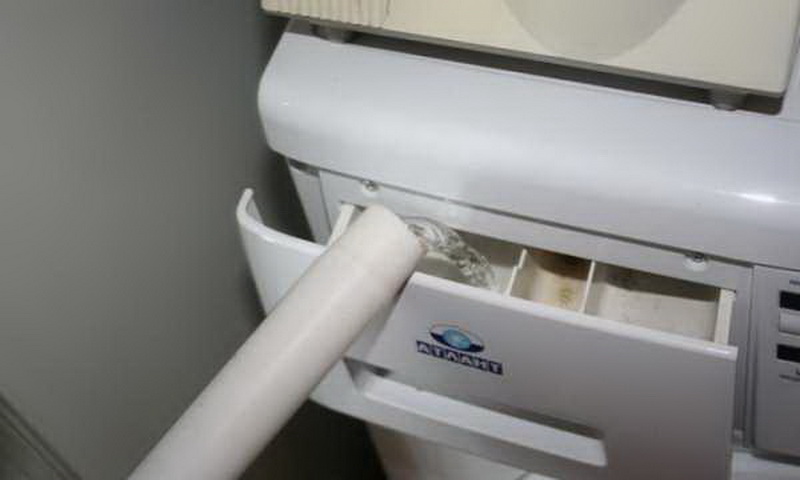
Minuses:
- Inconvenience. It turns out the usual machine with a manual bay. The usual semi-automatic Soviet devices, which can hardly be called convenient, work exactly on the same principle. You need a constant presence to monitor the water level and add it as needed.
- Limitation. Some programs will not be able to be used because the thermal electric heater is not activated.
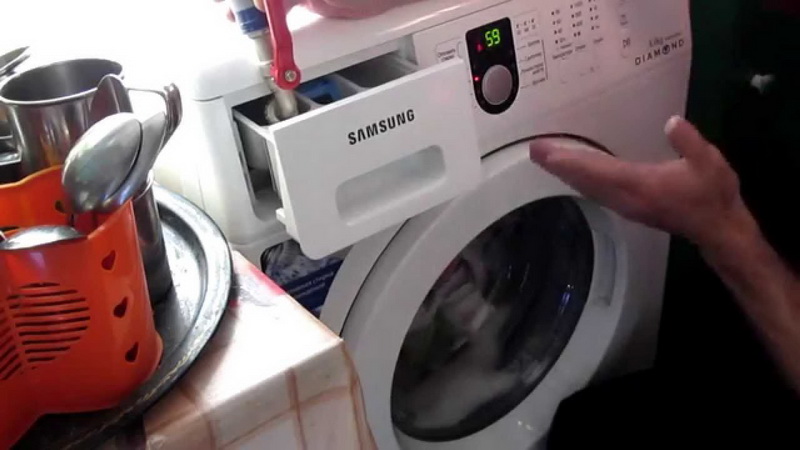
If you are ready to put up with the inconvenience - you can use this method.
Water tank
Semi-automatic installation method. It involves connecting the capacity of the washing machine for water at a certain height, which enters the unit by gravity in the traditional way. The hose from the tank goes to the water intake.
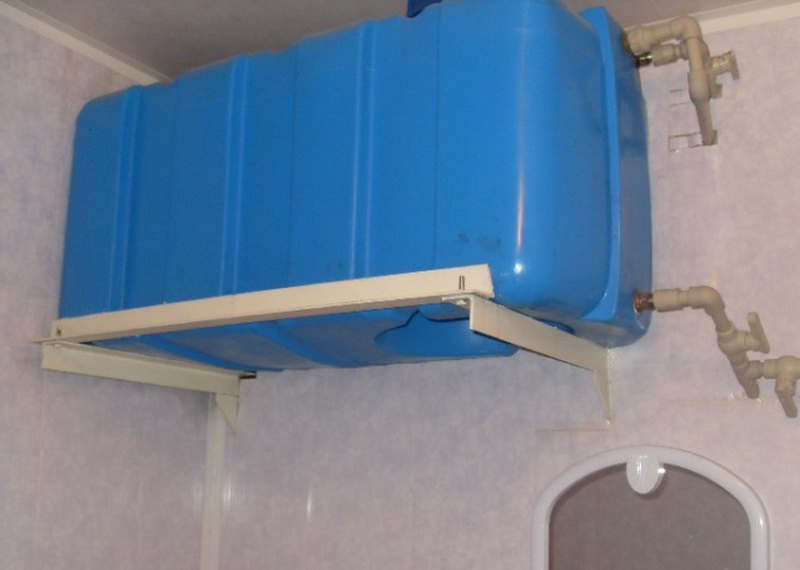
If you have a suitable container, this method will be simple and not expensive for you. The tank can be anything: metal, wood, plastic.
Pros:
- Automatism. Human presence is not required. While washing is in progress, you can go about your business. You can not worry about the design - it is time-tested. With a tight connection, there is no need to watch for smudges and a sudden cessation of flow.
- Ease of installation. No pump installation or configuration required. Just connect the hose to the inlet and you're done.
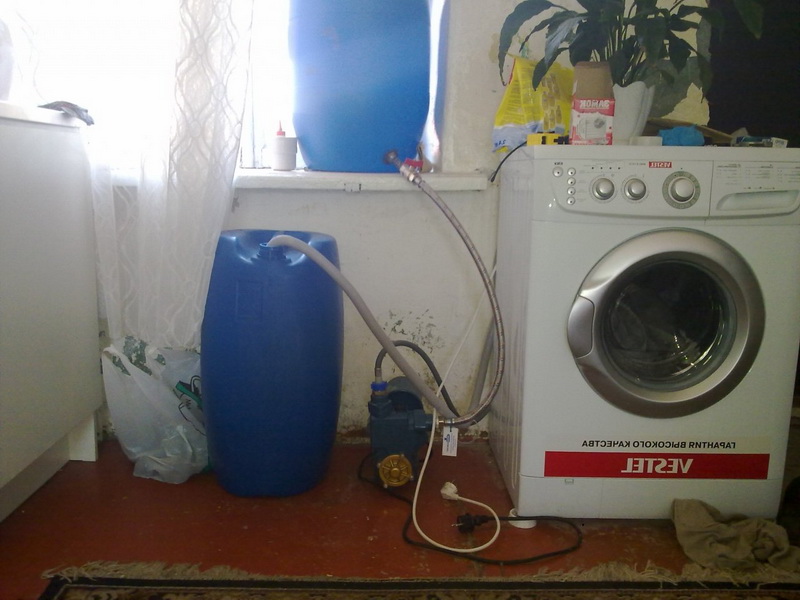
Minuses:
- Lack of pressure.Without forced feed, the pressure will be mediocre. For normal operation, you need to raise the container to a height of ten meters. Then the powder will be washed off without residue. Not every house has such a height. And building a water tower is expensive.
- Preparatory work. For the machine to work, you need to fill the tank with water. The container must be at least 100 liters and they must be raised to a height of ten meters.

well drilling
If you have a well, the problem is almost solved, and connecting a washing machine is possible. During their drilling and installation, a pumping station is immediately installed, which can move water in the future. You just need to connect to the output.
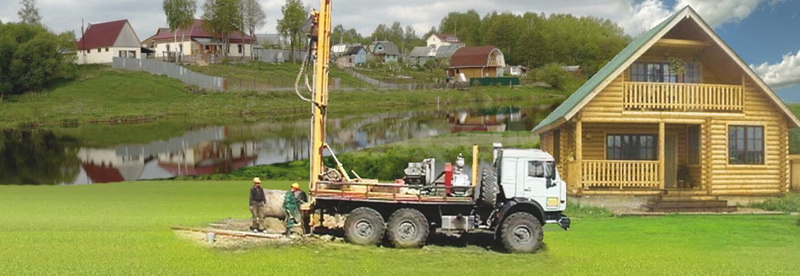
Pros:
- Possibility to wash at any time. If the previous methods required preparatory work and observation, then this one is fully automated. You don’t have to carry water to fill the tank or make sure that its level does not fall in the machine. Just connect to the outlet of the well and the process has begun.
- The supply of water is unlimited. Can be washed every day several times. The only cost is electricity to power the pump.But you don't have to pay for water.
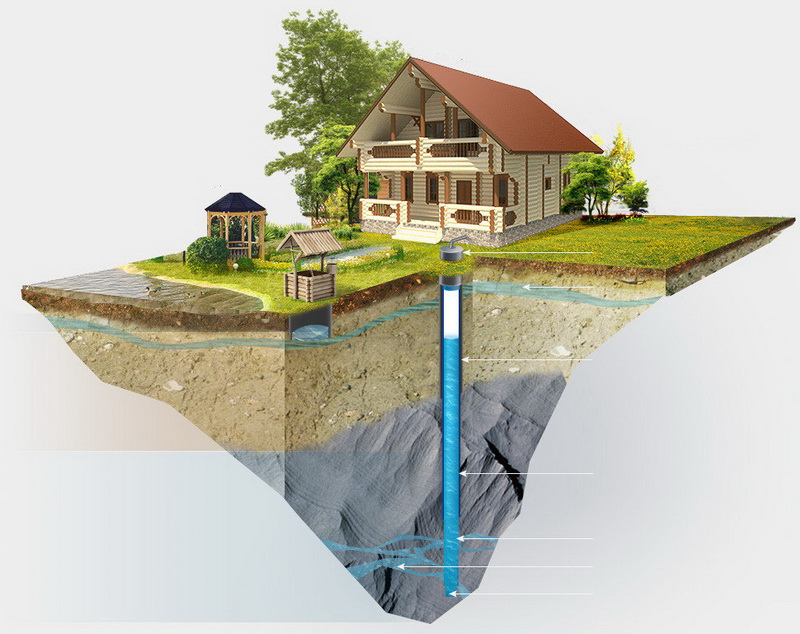
Minuses:
- impurities. Not always the well is installed correctly. Although artesian water should be clean and drinkable, it can contain many impurities of salts and minerals. Incorrect location and low height leads to the ingress of groundwater and silt. This makes it unsuitable not only for drinking, but also for washing.
- Price. If you do not have a well, drilling it will be extremely expensive. Despite the high performance, the cost of conducting water is high.
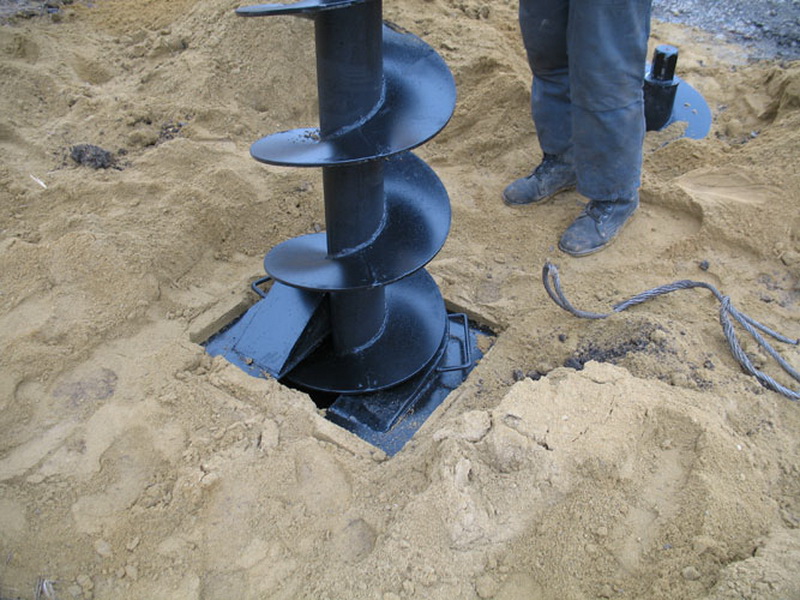
Pump use
Compromise between previous options. The pump is inexpensive and can be found at the hardware market or plumbing store. It is installed between the washer and the water source. If you have a well or reservoir, the problem is solved.The pumping station independently creates the pressure that is needed for the operation of the machine.
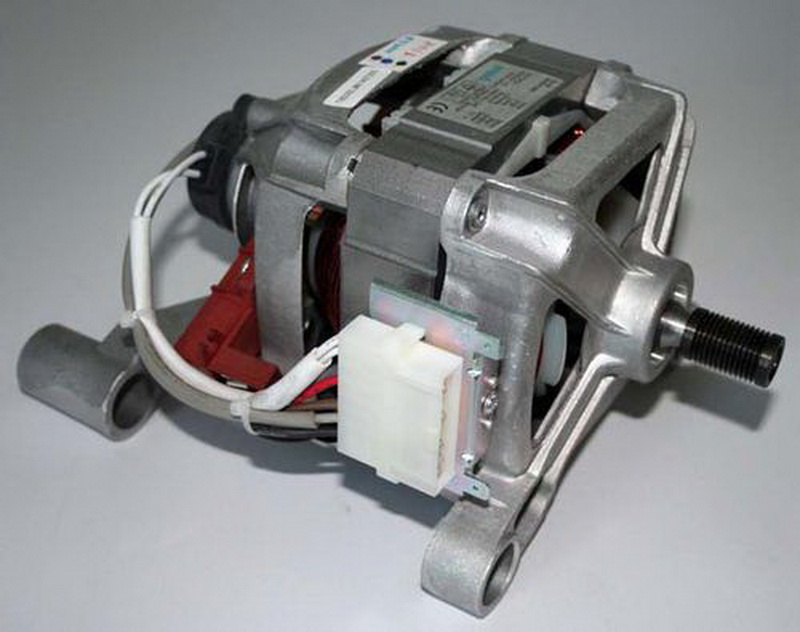
Pros:
- The pressure is self-created. It is possible to use stations together with tanks. No need to build a water tower or install it on a hill. The pump will automatically suck out the right amount of water.
- Any source. Collect the required volume of fluid and run a hose into it. An ordinary tank or a well can act as a source.
- Price. Surface pumps are available, sold at plumbing stores.
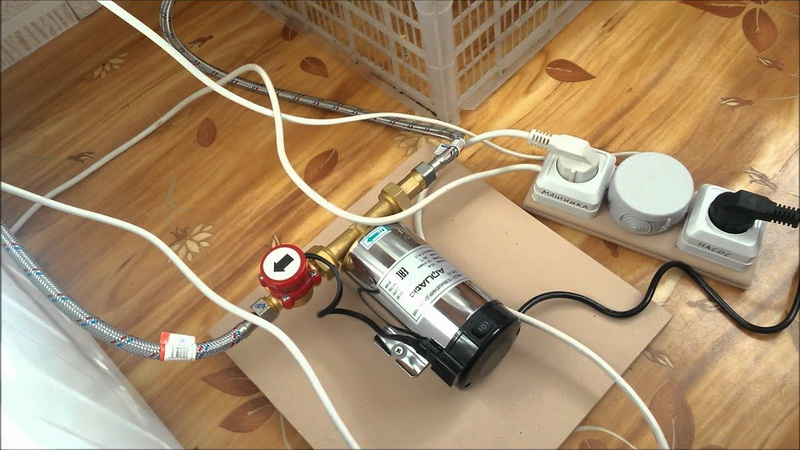
Mounting the compact blower
The easiest connection is with a small pumping device. Consider the simplest scheme: a tank - a pumping station - a washing machine. Of the purchases, you only need to buy a pump (cost about $ 20). You will need an extension cord for it (you can assemble it yourself from a network cable and an external outlet). Silicone sealant is required to secure the adapter.
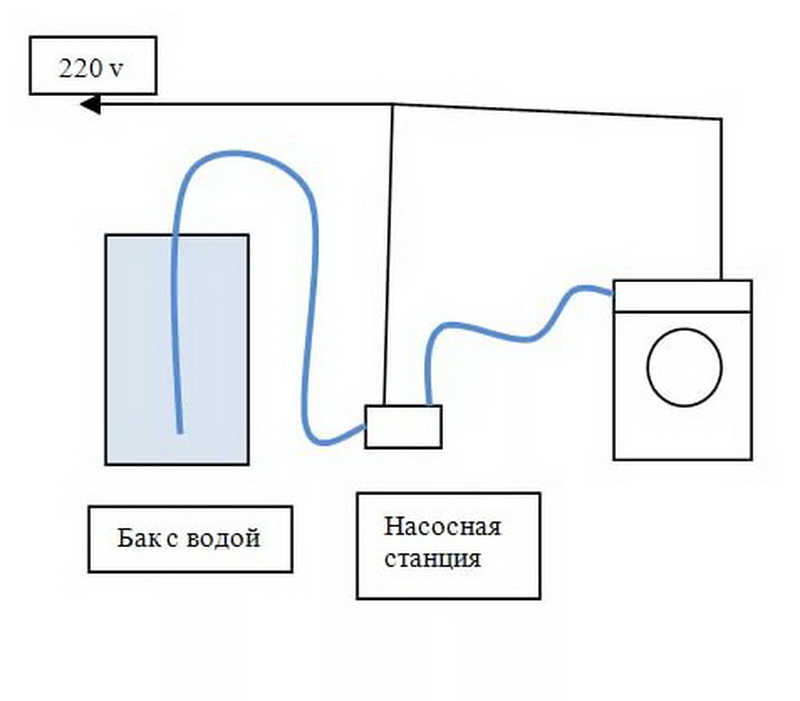
Further according to the scheme:
- We need to prepare the tank. A hole is drilled in the wall with a drill or screwdriver. It is advisable to take a plastic one, since it is easier to install an adapter into it (if you use a well, lower the hose into the water).
- The resulting hole must be sealed. Sealant is better to buy in automotive stores. It should be tight, securely stick. Sanitary sealants are not suitable.
- The pump hose must be sanded. Plastic tubes have a smooth surface that is not suitable for bonding. Go over it with coarse sandpaper, seal it with sealant and pull it onto the adapter.
- Pumps often come without a power cord. At the point of contact there are only bare contact pads. They need to be soldered or connected with terminals. Lay the joints with heat shrink tubing or electrical tape.
- Connect the pump to the machine.
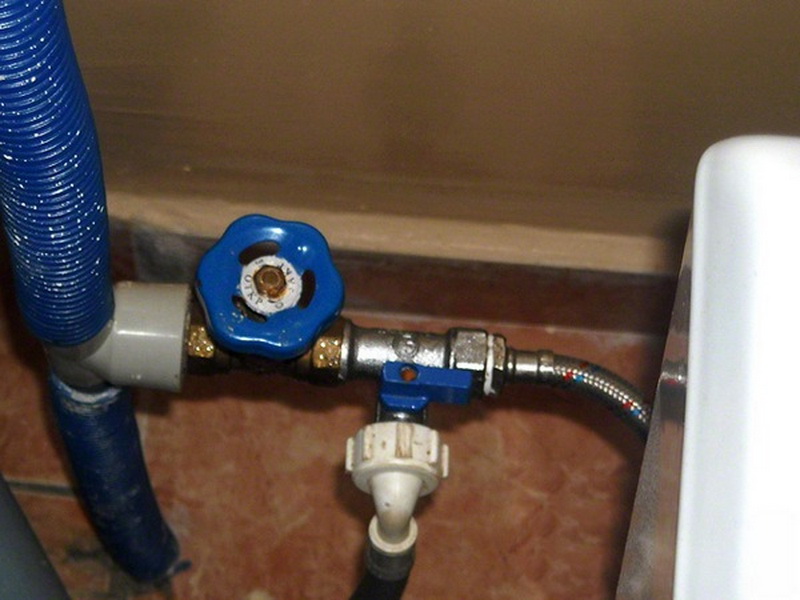
Remember that sealants harden for a day. If you need water, plug the pump into an outlet and the process will begin. More details in the video.
We automate the operation of the pump
Don't want to turn on the pump manually and control the process? Automate the process like this:
- Tilt the washing machine forward.
- Below is the inlet valve with wiring. Finding the cables is easy, as they are located next to the valve through which the water is drawn (as in the photo).
- Wires must be stripped of insulation.
- Pass the wiring from the pump through the technical window. Clean them up and connect. It is better to solder them, such a mount will be eternal. Twisting is not welcome, but suitable for testing. Insulate with heat shrink tubing.
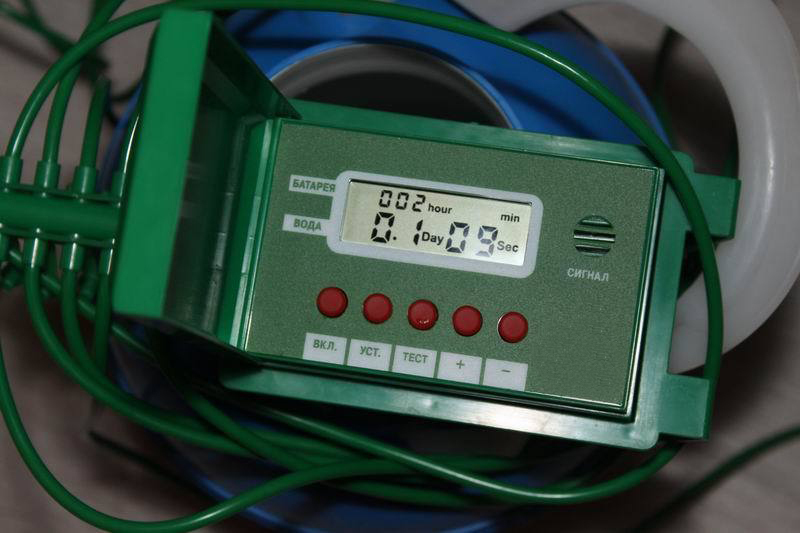
Now the process has been automated. The mini washing machine will turn on the pump when starting.
How to equip a drainage line
For a vending machine without a connection to a water supply, a sewage line must be installed. Dig a septic tank one and a half meters deep. Put the cover inside. It will act as a reinforcing layer for the pit. It should be located away from the garden and the foundation of the house.
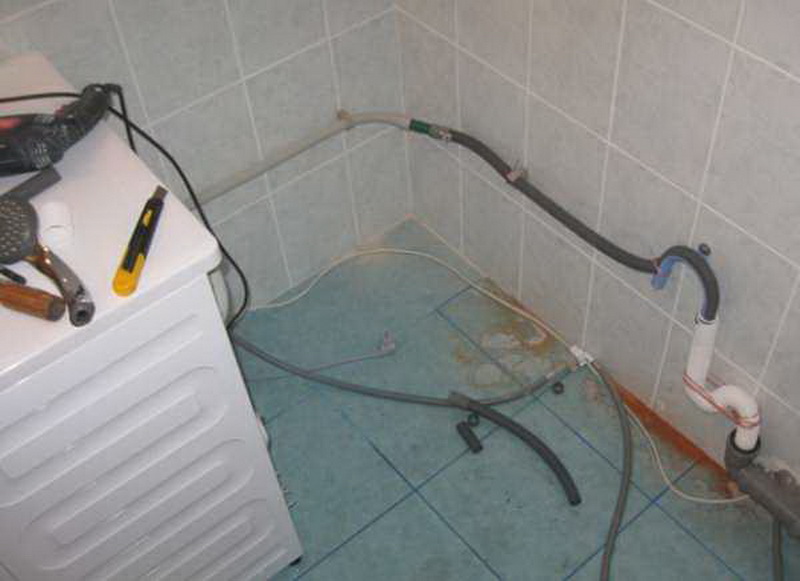
A pipe with a diameter of 50 millimeters must be laid through the basement of the house. It is important that there are no knees and strong distortions on the way. It is best to install a direct pipeline. It is better to fasten the hose to the pipe through the fitting. A hole is drilled in the plug and sealed. Now your mini washing machine has a drain.
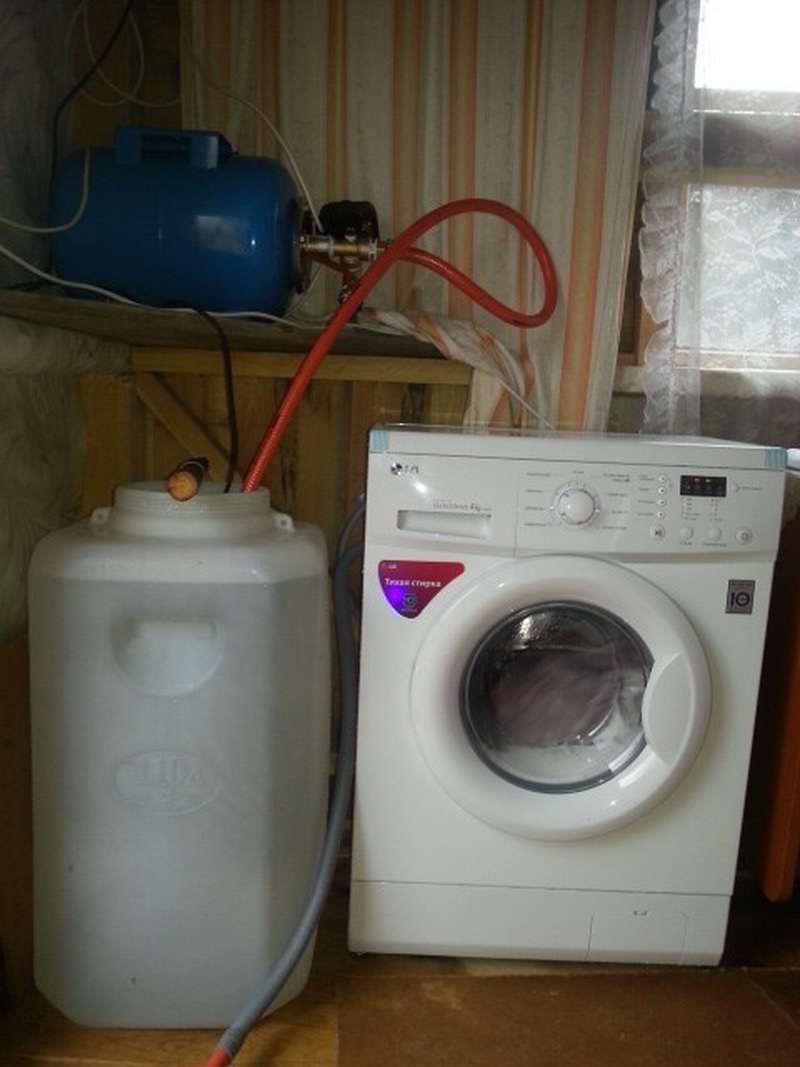
Alternative tank machine
The alternative is special machines for houses without a regular water supply.
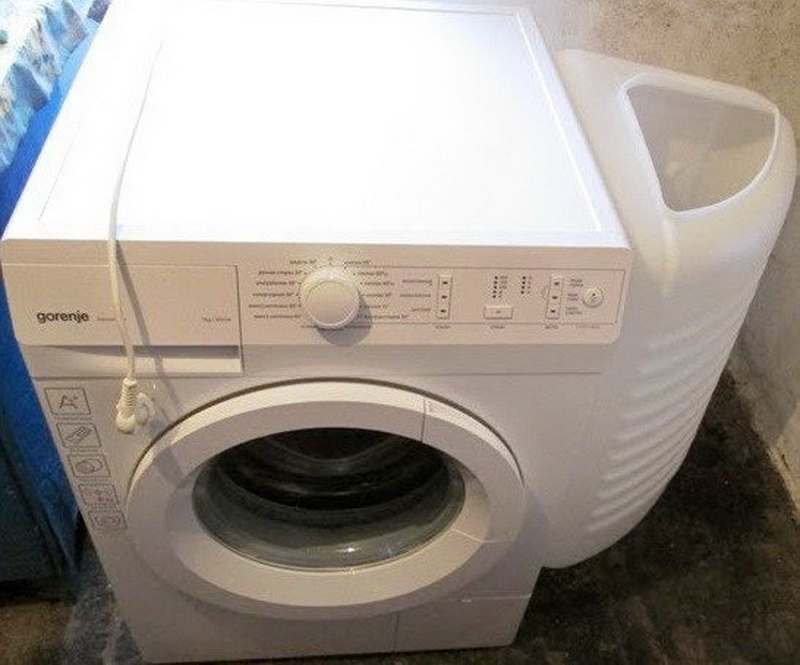
They are equipped with a built-in tank and pump. That is, the entire structure is completed in one device. This saves time, but the cost of equipment is high.
